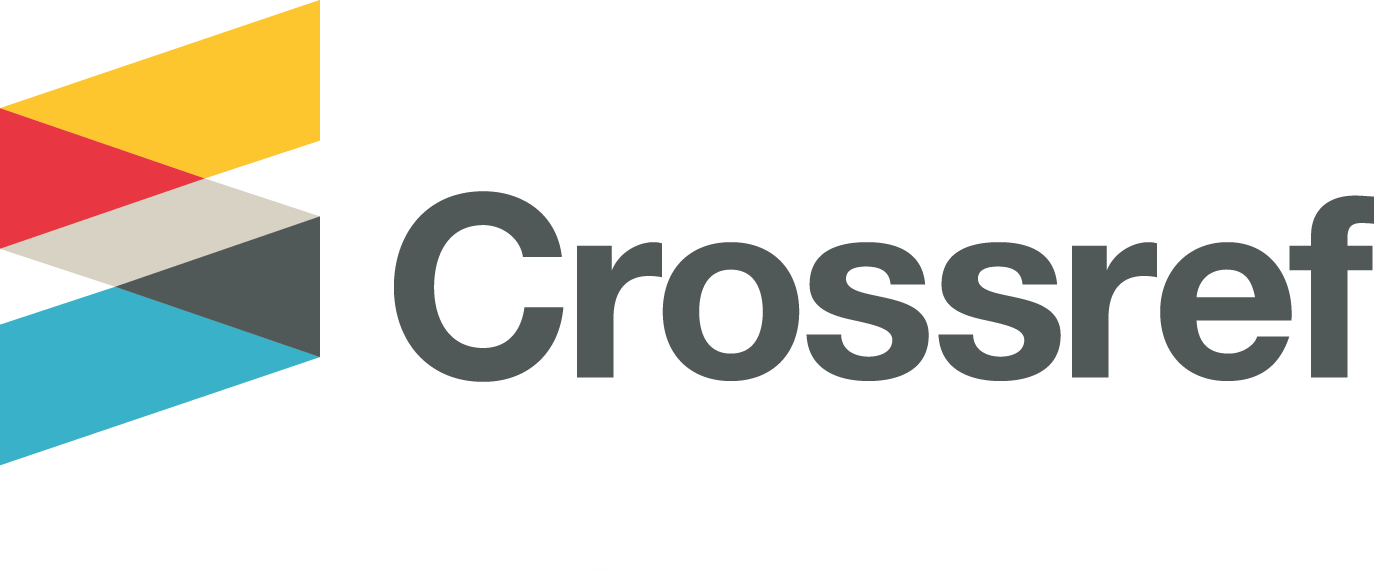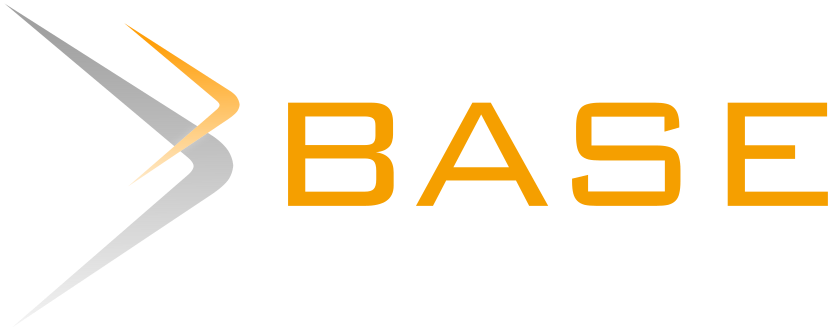Self-Compassion Training Can Reduce Self Injury in Adolescents, Is It Effective?
Abstract
This study aims to determine the effectiveness of self-compassion training for lowering self-injury in teenagers. The amount of participants in this study is 16 teenagers which are divided into two groups, namely the control group and the experimental group. The experimental design in this study is a two-group pretest-posttest design. The data analysis technique used in this research is the Mann-Whitney test and additional analysis using the Wilcoxon test with the help of the SPSS 26 program for Windows. Based on the results of the hypothesis test using the Mann-Whitney U test, a significance value of p = 0.003 (p <0.05) is obtained which means the hypothesis in this study is accepted, namely self-compassion training is effective for reducing self-injury in teenagers. Furthermore, the results of the Wilcoxon test obtained a significance value of p = 0.012 (p <0.05), which means that there is a significant difference between the experimental group and the control group in decreasing self-injury. The update in this study compared to previous studies is the direct administration of self-compassion in the form of training to see the effect on reducing self-injury. In addition, individuals can increase self-compassion using three types of training, namely mirror talk, loving-kindness meditation, and letters of me which have been proven effective in reducing self-injury.
Penelitian ini bertujuan untuk mengetahui efektivitas pelatihan self-compassion dalam menurunkan self injury pada remaja. Partisipan penelitian berjumlah 16 orang remaja yang dibagi dalam dua kelompok, yaitu kelompok kontrol dan kelompok eksperimen. Rancangan eksperimen dalam penelitian ini adalah two-group pretest-posttest design. Teknik analisis data yang digunakan dalam penelitian ini adalah uji Mann-Whitney dan analisis tambahan menggunakan uji Wilcoxon dengan bantuan program SPSS 26 for windows. Berdasarkan hasil uji hipotesis menggunakan uji Mann-Whitney U diperoleh nilai signifikansi p=0,003 (p<0,05) yang artikan hipotesis dalam penelitian ini diterima, yaitu pelatihan self-compassion efektif dalam menurunkan self injury pada remaja. Sedangkan hasil analisis uji Wilcoxon diperoleh nilai signifikansi p=0,012 (p<0,05) yang artinya ada perbedaan yang signifikan pada kelompok eksperimen dan kelompok kontrol dalam penurunan self injury. Keterbaruan dalam penelitian ini dibandingkan penelitian terdahulu adalah pemberian secara langsung self-compassion dalam bentuk pelatihan untuk melihat efek dalam penurunan self injury. Selain itu, individu dapat meningkatkan self-compassion menggunakan tiga jenis pelatihan yaitu mirror talk, meditasi loving-kindness, dan letter of me yang terbukti efektif dalam menurunkan self injury.
Keywords
Full Text:
FULL TEXTReferences
Aulia, C. N., & Rahayu, M. N. M. (2022). Apakah Terdapat Kaitan Antara Self Compassion dan Life Satisfaction Pada Remaja Panti Asuhan? Psikoborneo: Jurnal Ilmiah Psikologi, 10(4), 732. https://doi.org/10.30872/psikoborneo.v10i4.9243
BBC Inggris. (2010, Maret 12). Kasus lukai diri naik 50%. https://www.bbc.com/indonesia/majalah/2010/03/100312_lukaidiriinggris
Burke, Taylor A., Jessica L. Hamilton, Lyn Y. Abramson, and Lauren B. Alloy. (2015). Non-Suicidal Self-Injury Prospectively Predicts Interpersonal Stressful Life Events and Depressive Symptoms among Adolescent Girls. Psychiatry Research 228 (3), 416–424. http://dx.doi.org/10.1016/j.psychres.2015.06.021.
Elvira, S. R., & Sakti, H. (2021). Eksplorasi Pengalaman Nonsuicidal Self-Injury (Nssi) Pada Wanita Dewasa Awal : Sebuah Interpretative Phenomenological Analysis. Jurnal EMPATI, 10(5), 319–327. https://doi.org/10.14710/empati.2021.32933.
Goncalves, S., Vieira, A. I., Machado, B. C., & Bessa, C. (2023). Non-suicidal self-injury in Portuguese college students: relationship with emotion regulation, resilience and self-compassion. Current Psychology, 0123456789. https://doi.org/10.1007/s12144-023-04985-4
Guntur, A. I., Dewi, E. M. P., & Ridfah, A. (2021). Dinamika Perilaku Self-injury pada Remaja Laki-laki. Jurnal Psikologi Talenta Mahasiswa, 1(1), 42–54. https://ojs.unm.ac.id/jtm/article/view/42-54
Hasmarlin, H., & Hirmaningsih, H. (2019). Self-compassion dan Regulasi Emosi pada Remaja. Jurnal Psikologi, 15(2), 148. https://doi.org/10.24014/jp.v15i2.7740
Higgins, M. (2015). Teen self injury. Abdo Publisher https://pdfcoffee.com/qdownload/jan-sutton-healing-the-hurt-within-understand-sbookfi-pdf-free.html.
Hungerford, C., Hodgson, D., Clany, R. Michael., Bostrwick, M.R., & Jones, H.. (2016). Mental Health Care An Introduction for Health Professionals in Australia (2nd ed.). John Wiley & Sons. libgen.li/file.php?md5=8a788f73dd25df95dd260ac0a0ae09a3.
Hurlock, E. B. (1991). Psikologi perkembangan: suatu pendekatan sepanjang rentang kehidupan (5ed). Jakarta: Erlangga.
Jiang, Y., You, J., Zheng, X., & Lin, M. P. (2017). The qualities of attachment with significant others and Self-compassion protect adolescents from non-suicidal self-injury. School Psychology Quarterly, 32(2), 143–155. https://doi.org/10.1037/spq0000187.
Khairunnisa, D. F., Ninin, R. H., & Abidin, F. A. (2022). Self-compassion dan Non-suicidal Self-injury pada Wanita Dewasa Awal. Martabat: Jurnal Perempuan Dan Anak, 6(2), 334–359. https://doi.org/10.21274/martabat.2022.6.2.334-359.
Klonsky, E., May, A.M., & Glen, C. R. (2013). The Relationship Between Nonsuicidal SelfiInjury Converging Evidence from Four Samples. Jurnal of Abnormal Psychology, 122(1), 231.
Kusumadewi, A. F., Yoga, B. H., Sumarni, S., & Ismanto, S. H. (2020). Self-Harm Inventory (SHI) Versi Indonesia Sebagai Instrumen Deteksi Dini Perilaku Self-Harm. Jurnal Psikiatri Surabaya, 8(1), 20. https://doi.org/10.20473/jps.v8i1.15009.
Kusumaningrum, A. I., Dewi, E. M. P., & Nurdin, M. N. H. (2021). Efektivitas Pelatihan Penerimaan Diri Dalam Meningkatkan Penerimaan Diri Psk Di Ppskw Mattiro Deceng. Motiva: Jurnal Psikologi, 4(1), 1-10.
Leary, M. R., Tate, E. B., Adams, C. E., Allen, A. B., & Hancock, J. (2007). Self-compassion and reactions to unpleasant self-relevant events: The implications of treating oneself kindly. Journal of Personality and Social Psychology, 92(5), 887–904. https://doi.org/10.1037/0022-3514.92.5.887.
Neff, K. (2003). Self-compassion: An Alternative Conseptualization of a Healthy Attitude Toward Oneself. Self and Identity, 2, 85–101. https://doi.org/10.1080/15298860390129863.
Neff, K., Hsieh, Y., & Dejitterat, K. (2005). Self-Compassion, Achievement Goals, and Coping with Academic Failure. Self and Identity 4 (3), 263-287.
Neff, K., D. (2009). The role of self-compassion in Development: A Healthier Way to Relate to Oneself. Human Development, 52:211-214, DOI:10.1159/000215071.
Nock, M. K. (2010). Self-Injury. Annual Review of Clinical Psychology, 6, 339–363. https://doi.org/10.1146/annurev.clinpsy.121208.131258.
Putri, F. N. S., & Afiati, N. S. (2021). Self-Injury Di Era Digital: Pengembangan Skala. Prosiding Seminar Nasional 2021 Fakultas Psikologi Umby, 70–79.
Sugiyono. (2021). Metode Penelitian Kuantitatif, Kualitatif, dan R&D (edisi 2). Bandung: Alfabeta Bandun.
Suputra, I. K. D., Rahayu, Y. P., & Dianovinina, K. (2022). Pengaruh Pelatihan Self-Compassion Terhadap Kontrol Diri Anak yang Berkonflik Dengan Hukum. Psikostudia : Jurnal Psikologi, 11(3), 429. https://doi.org/10.30872/psikostudia.v11i3.8218
Sumargi, A. M., Engry, A., Maria, J., Ratna, J., & Variani, J. (2022). Strength-Based Parenting, Self-Compassion , and the Urge To Self-Injure in University Students. 21(2), 165–176g.
Walsh, B. W. (2005). Treating self injury: A practical Guide. New York: The Guilford Press.
Xavier, A., Pinto Gouveia, J., & Cunha, M. (2016). Non-suicidal Self-Injury in Adolescence: The Role of Shame, Self-Criticism and Fear of Self-Compassion. Child and Youth Care Forum, 45(4), 571–586. https://doi.org/10.1007/s10566-016-9346-1
DOI: http://dx.doi.org/10.30872/psikoborneo.v11i3.11832
Refbacks
- There are currently no refbacks.
Copyright (c) 2023 Psikoborneo: Jurnal Ilmiah Psikologi

This work is licensed under a Creative Commons Attribution-ShareAlike 4.0 International License.
PSIKOBORNEO: Jurnal Ilmiah Psikologi Published by Faculty of Social and Political Siences, University of Mulawarman, Samarinda, East Kalimantan and This work is licensed under a Creative Commons Attribution-ShareAlike 4.0 International License.
________________________________________
PSIKOBORNEO: Jurnal Ilmiah Psikologi
Department of Psychology
Faculty of Social and Political Siences, University of Mulawarman
Jl. Muara Muntai Kampus Gn. Kelua Samarinda 75411
Phone: +62 813 35350368
E-Mail: psikoborneo@gmail.com / psikoborneo@fisip.unmul.ac.id
















